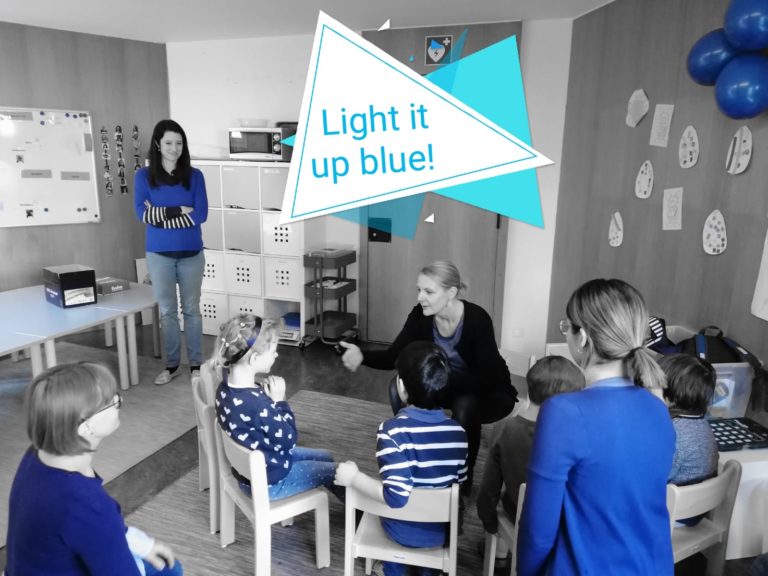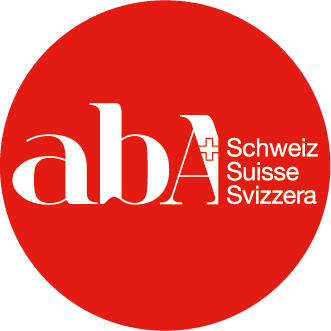Behaviour analysts always come into play when the goal is to change a behaviour. This is not limited to autism or management of employees. Behaviour analysts can work with all kinds of populations and in all kinds of settings. Their knowledge on how behaviour works and their skills in changing behaviour are broadly applicable (see Careers in ABA).
In most countries, including Switzerland, ABA is mistakenly defined as a treatment for children with autism. This is not a mistake per se, however, ABA as the application of behavioural principles on human behaviour is much more (see also About ABA). Nevertheless, ABA is most frequently applied to the area of autism treatment, notably in early intervention programs. Dr. Ivar Lovaas‘ seminal article from 1987 and the subsequent novel from Catherine Maurice “Let Me Hear Your Voice. A Family’s Triumph Over Autism” helped establish ABA as a prominent conceptual framework for the treatment of Autism. The combination of Lovaas‘ pioneering work within scientific circles of experts and Maurice’s novel that ripped into the heart of so many parents of children with autism brought ABA in the area of autism a degree of popularity that as of yet not been achieved by ABA in other areas of application.
In comparison to the United States, where the DSM-5 (Diagnostic and Statistical Manual of Mental Disorders, 5th revision) is being widely used, Autism Spectrum Disorders are currently diagnosed in Switzerland using the ICD-10, which is the 10th revision of the International Statistical Classification of Diseases and Related Health Problems, a medical classification list by the World Health Organisation (WHO). Within the pervasive developmental disorders, the most common forms of Autism are: Childhood Autism (F84.0), Atypical Autism (F84.1) and Asperger’s Syndrome (F84.5). A person on the autistic spectrum show difficulties in the following areas in varying degrees (see ICD-10):


Emma and her therapy session
ABA therapy session with a child with ASD might look like.
Emma is a 3 year old girl on the autism spectrum. Her EIBI program is run with a BCBA (Board Certified Behaviour Analyst) functioning as the supervisor plus three RBTs (Registered Behavior Technician) and her parents. Emma likes jumping and being spun around and loves the movie “Frozen” as well as all the characters. She is non-vocal and at the beginning of treatment had frequent tantrums when she was not able to express what she wanted. A typical morning session looks like this: Yvonne, one of her RBTs, arrives at 8am and checks the folder with all the data that describe Emma ‘s therapy sessions over the past few days. Based on the data and Emma’s individual treatment plan, Yvonne plans the session and writes out the goals she will work on this morning. After this preparation she calls Emma and they start the session with a lot of fun and games: Yvonne is tickling and spinning her around for a couple of minutes. Because Emma is non-vocal, she was taught to use an alternative communication system to give her the opportunity to communicate in a way her family can understand her and reduce tantrums maintained by an inability to express her wants and needs. The communication system being implemented is PECS (Picture Exchange Communication System). In a folder there are several pictures of things Emma likes (e.g., favourite food, toys and activities). She has learned how to take the picture of the thing she wants and give it to a person that is able to provide this thing to her. This took her about 3 weeks to learn using intensive teaching and this has reduced her tantrums significantly. Yvonne stops her tickling and because Emma begins to reach for Yvonne’s hand indicating more tickling, Yvonne uses this as a teaching opportunity and points to Emma’s PECS folder. This prompts Emma to get the tickling-picture and give it to Yvonne. Yvonne comments on her request by saying “tickle!“ and tickles her in a playful manner. Again, Yvonne interrupts her tickling to check if Emma is able to emit the mand (i.e., communicate her request) without requiring the prompt of pointing to the PECS folder and she does so independently.
Then Yvonne presents Emma with some easy (and previously acquired) instructions to set her up for success for the more intensive teaching sequence at the table: She asks her to “give me five” and asks her to imitate some easy movements such as clapping and waving. She then smoothly progresses to some more difficult imitation goals: Emma needs to pay more attention to finer differences in fine motor movements and attend more closely to faces. Yvonne asks her to imitate pointing to specific fingers and practices the difference between touching the front versus the side of the nose. Yvonne wants Emma to become a very precise observer. For every small success Emma achieves, Yvonne smiles and giggles as a reward to motivate her to learn more. Sometimes Yvonne needs to help Emma to be successful. She does this for example by moving Emma’s hand to the correct position. After a couple of correct imitations, Yvonne tickles Emma again. Emma’s motivation to complete more tasks is high because she wants more of the tickles. That is when Yvonne transitions to another imitation task. At the table, Yvonne lays Elsa, a doll of the main character of Frozen, on the bed (play sleeping) and asks Emma to do the same. She lets her imitate other actions with other characters (e.g., Anna walks to the house, Olaf kisses Elsa, etc.) and provides help as needed. Emma has a hard time imitating even the easiest actions with objects and characters. That is why Emma is getting lots of praise and rewards for these types of activities. Now that she is improving at observing other people’s actions and that she is imitating novel actions at the table without direct or intensive teaching, they are working to transfer these play actions to more natural play settings (i.e., natural environment teaching, NET). Yvonne is asking Emma to sit on the floor where she set up a Frozen play station before and asks Emma to imitate the same play actions with the characters as before at the table. Because of all the distraction in the natural play setting, this is quite challenging for Emma and requires the prompting again, but she is staying motivated because of the frequent enthusiastic praise and tickling she is receiving as well as by being engaged with toys from her favourite movie. Yvonne writes down how much help Emma needs and if she can fade the prompts out. During the rest of the session she will pay attention to see if Emma demonstrates these play actions spontaneously. If she does, she will give her a high intensity of praise. During the Frozen play imitation tasks, Emma is getting thirsty. She walks to her PECS folder, takes the water picture and gives it to Yvonne who brings her a cup of water and gives her a 10 minute break.
The session continues with a similar mixed schedule of structured teaching intervals at the table, natural play situations around various locations in the house, and breaks. Emma’s other goals are language comprehension (understanding the names of family members and Frozen characters), sorting different toys (with the functional goal of learning to clean up her room), and self-help skills (independence with using the toilet instead of diapers and washing her hands). After three hours (with breaks), Emma goes off to eat lunch with her mom while Yvonne finishes writing up the data she regularly collected during the session to let the next RBT know how far she has come with teaching and where the next RBT should continue in the afternoon. The data will be analysed by the BCBA who will make decisions how to proceed in agreement with the parents.
References
BACB (2017). Applied Behavior Analysis Treatment of Autism Spectrum Disorder: Practice Guidelines for Healthcare Funders and Managers. https://www.bacb.com/wp-content/uploads/2017/09/ABA_Guidelines_for_ASD.pdf
Eldevik, S., Hastings, R.P., Hughes, J. C., Jahr, E., Eikeseth, S., Cross, S. (2009). Meta-Analysis of Early intensive Behavioral Intervention for Children With Autism. Journal of Clinical Child and Adolescent Psychology, 38 (3), 439-450.
Lovaas, O. I. (1987). Behavioral treatment and normal educational and intellectual functioning in young autistic children. Journal of Consulting and Clinical Psychology, 55, 3-9.

